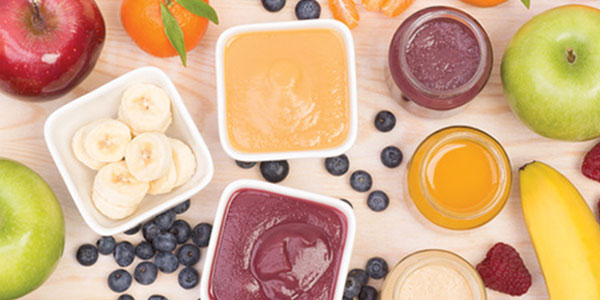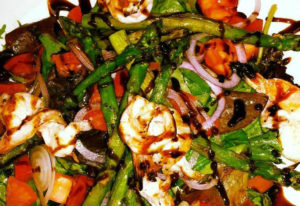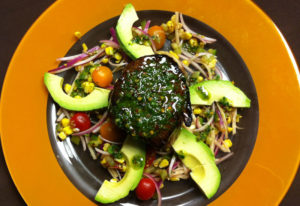 |
 Michelle Pierre Slowey is a Registered Dietitian with a Master of Arts in Counseling Psychology. She has been helping people for over fifteen years reach their individualized health goals through a realistic, body mind and spirit approach. You can follow her nutrition advice on instagram @joyfulfood, email her at joyfulfood11@yahoo.com, and read her comedic essays at www.betweenthecushions.com. |
|
1. Snacking. It's important to not go long periods without eating. When your blood sugar decreases you may not make the best food choices. Snack on heart healthy nuts like almonds or walnuts. Add some fruit and omega 3 rich Chia seeds to plain greek yogurt. Other ideas are hummus, nut butters,or a slice of lean turkey. 2. Exercise. If a gym intimidates you then join a studio that offers specific classes like spin, pilates or yoga. The aches and pains disappear when you increase your flexibility. If you need a challenge try a boot camp or even a 5K walk. Strength training is another way to keep fit, as it helps to maintain bone density and increase your metabolism, allowing you to burn more calories. Numerous exercises can be done with a simple set of five pound hand weights. Strength training can also be performed using your own weight as resistance. Squats, lunges, and planks are great strength moves for weight loss. If motivation is an issue enlist your best friend to join you on your journey to getting healthy. Use an exercise app and or a fitness tracker to keep you focused. The best exercise is the one that you enjoy and will be committed to on a daily basis. 3. Dining Out. The quickest way to overdo it when dining out is to arrive hungry. As previously stated, smart snacking is the key to control impulse eating. Be mindful of your alcohol intake. The calories add up quickly. Balance your meal. If the restaurant has world famous lasagna, consider eating half, sharing, or going lighter on the appetizer and forgoing dessert. Ask for the bread to be removed from the table. Order salad dressing on the side. 4. Food Diary. Are you an emotional eater? Is it during the stressed out times that you overeat or choose the high sugar, high fat foods? Keep a food diary for at least a week to determine trigger times or emotions. Journal everything you eat. Include the time and the feeling you have before, after, and during the meal. Learn to meditate to relieve stress. Experts recommend just five minutes a day to promote a sense of calm. Consistency is key. 5. Produce. Make the produce section the highlight of your weekly food shopping trip. If you make fresh fruits and vegetables the star of your meals then you are on the road to a low calorie, low fat, high fiber meal. Always have a bag of lemons in the house at all times. Use lemon and garlic to season fish, chicken, and vegetables. Decrease your carbohydrate sources by making zucchini noodles and cauliflower rice. Have fun trying out new fruits and vegetables. Try dragon fruit, star fruit. Add chopped jicama to salads. The more fruits and vegetables you include in your diet the more disease fighting nutrients you will consume. There is no perfect weight loss system. Everyone is unique and should have their own personalized goals. Discover what works best for your lifestyle. Eat mindfully and always aim for "healthy". |
|












 20 lucky winners will win $500 each in prizes totaling $10,000.
20 lucky winners will win $500 each in prizes totaling $10,000. 